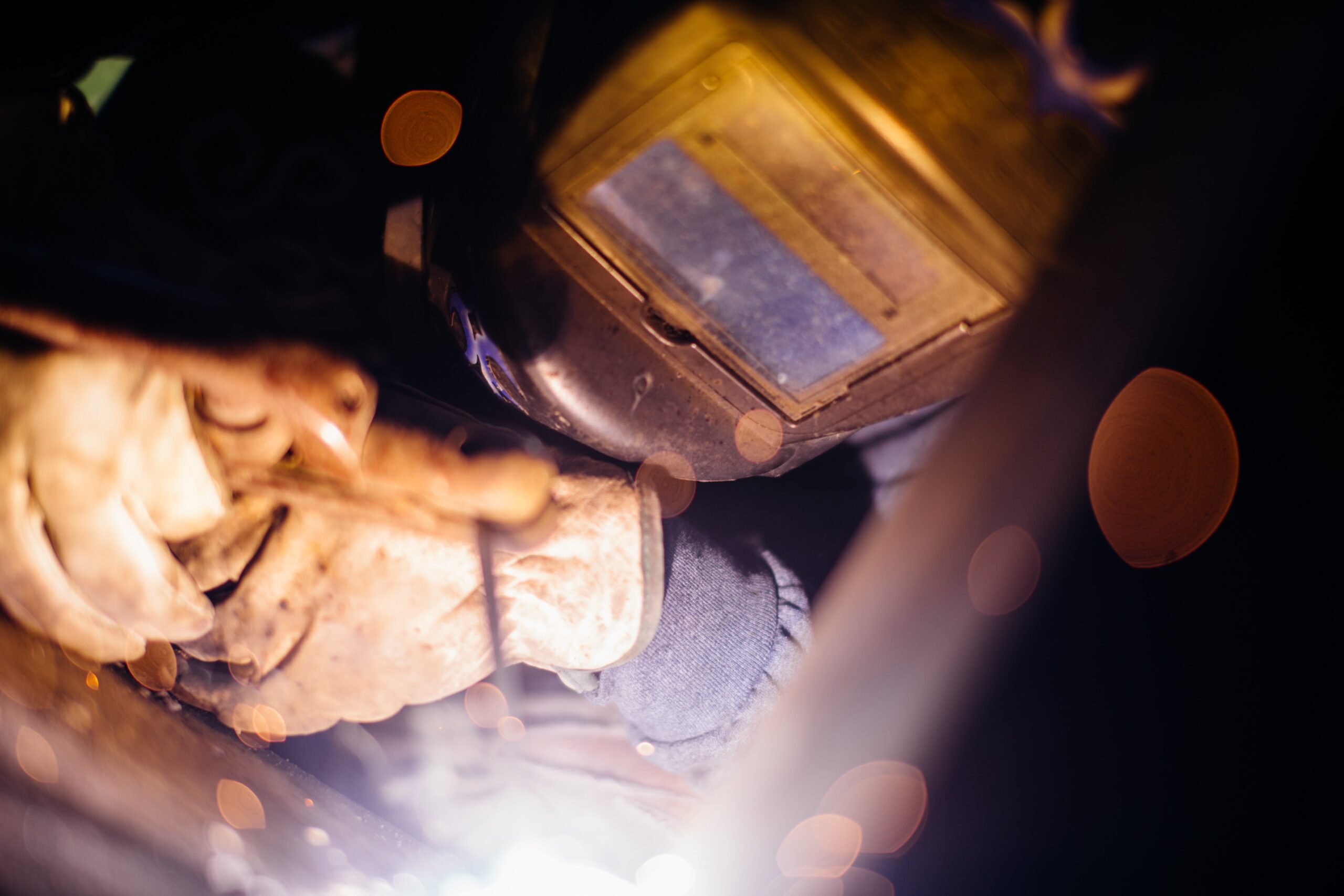
Posted on January-01-2023
Friction welding is a type of solid state welding and is an umbrella term that encompasses several types of welding processes. It is fast, efficient and one of the most popular types of solid state welding. Friction welding involves generating heat through friction force of the workpiece. The heat generated is so high that it is capable of melting and fusing the metals together. This type of welding was first introduced in 1960 and was patented and proved in 1991. It is used for metals and thermoplastics in various aviation and automotive applications.
If you rub your hands together, you will notice that they become hot. As you increase the pressure and the speed, it will start feeling warmer. Friction welding is the same principle, metal parts are made to rub against each other at extremely high temperatures and pressure.
The rubbing together of the two materials results in mechanical friction. Even if the two materials seem smooth to the naked eye, there are microscopic irregularities that generate friction between the surfaces.
During friction welding, the motion between the two materials and the pressure applied generates heat at the contact pints. As the process continues, the amount of heat generated increases and the two materials become viscous at the contact points. The motion between the two surfaces promotes the mixing of the two at their contact points which creates a bond or weld.
Friction welding was first used commercially in the 1960s but was soon replaced by other welding techniques that have superior processes. However, friction welding does have some unique advantages which means that it is still used in industries where other welding techniques can’t be used. Here are some examples of where friction welding is used today:
– Welding of circular components such as tubes, pipes and shafts.
– Automotive, aerospace, marine and oil industries.
– Gear levers, axled tubes, connecting rods etc, are welded through friction welding.
– Often used in electrical industries to join weld copper and aluminium wires.